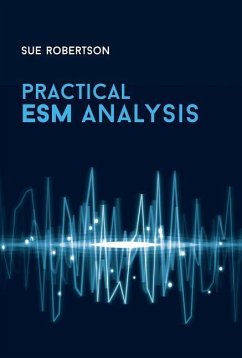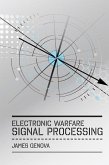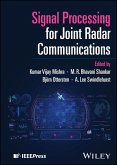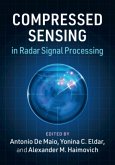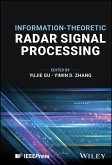Written by a prominent expert in the field, this authoritative resource considers radar parameters and how they affect ESM systems. It describes the ESM environment, including types of radar, pulse density, the latest radar developments, and how they will be seen by ESM systems. Different types of ESM systems are described, with methods of calculation of the direction of arrival (DOA) of pulses. Conventional wisdom about RF scan strategies for narrowband receivers is challenged and new methods that are proven to be effective in trials are proposed. The book describes ESM antenna separation and multipath, which play significant roles in the generation of DOA errors, with examples of the effects for different situations. The book explains the common phenomena seen in ESM systems with many examples of how to recognize issues in the ESM data and solutions for their mitigation. Techniques for visualizing ESM data and how to set up ESM trials are given, including the simulation of the electromagnetic environment. The book also presents detailed calculations for generating radar beam shapes for use in simulations of pulse trains and the calculation of detection ranges. This information is useful for data analysts, trials engineers, and system assessors, and is not published elsewhere. The identification of radars by ESM systems is also considered in detail with ideas presented on how to generate an effective radar library.
Bitte wählen Sie Ihr Anliegen aus.
Rechnungen
Retourenschein anfordern
Bestellstatus
Storno

